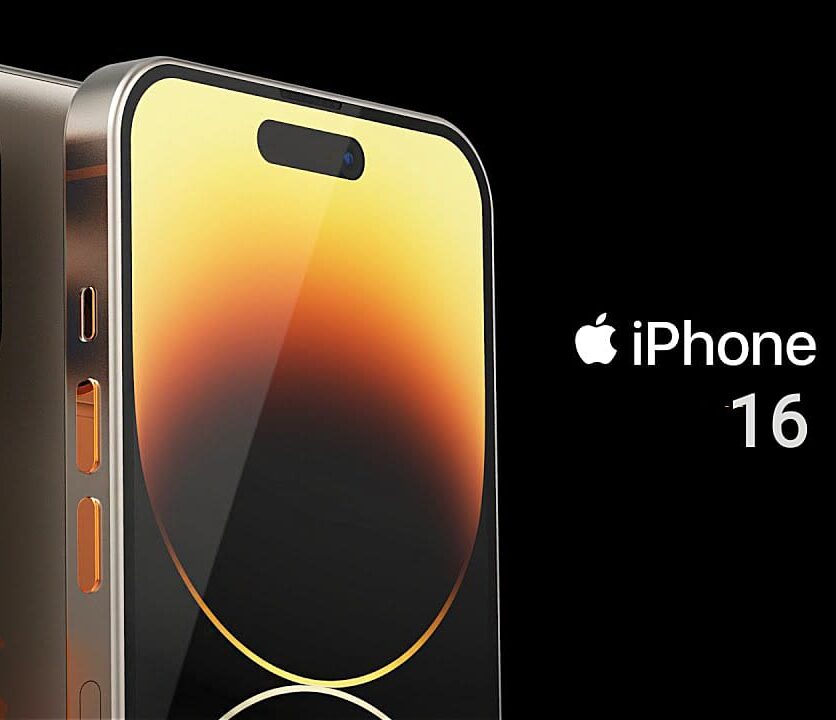Beginner Understanding The Fundamentals
Creating an effective logo involves more than just artistic skills; it requires a deep understanding of design principles that can communicate a brand’s identity and values. In this article, we’ll explore the key principles of logo design that every designer should consider.
Simplicity
A simple logo is more likely to be memorable and versatile. Overly complex designs can confuse viewers and be difficult to reproduce across different mediums. Think of iconic logos like Nike’s swoosh or Apple’s apple; their simplicity makes them instantly recognizable.
Why Simplicity Matters:
- Memorability: Simple logos are easier for the audience to remember.
- Versatility: They can be scaled and used in various formats without losing clarity.
- Timelessness: A simple design is less likely to look outdated over time.
Versatility
A good logo should work well in various contexts, whether it’s on a billboard, a business card, or a mobile app icon. This means the logo should look good in different sizes and color variations.
Key Considerations for Versatility:
- Scalability: Ensure the logo is clear and legible at any size.
- Color Variations: The logo should be effective in both color and monochrome.
- Adaptability: The design should look good on different backgrounds and materials.
Relevance
The logo must be appropriate for the intended audience and convey the right message. It should align with the brand’s identity and values.
How to Ensure Relevance:
- Know the Audience: Understand who the logo is intended for and what appeals to them.
- Brand Identity: Make sure the logo reflects the brand’s personality and values.
- Industry Standards: Consider common design trends within the industry without copying competitors.
Memorability
A memorable logo makes a lasting impression on the audience. It’s not just about being unique but also about being recognizable and easy to recall.
Strategies for Creating a Memorable Logo:
- Distinctiveness: Stand out from the competition with a unique design.
- Simplicity: As mentioned, simplicity aids memorability.
- Consistency: Use the logo consistently across all branding materials.
Timelessness
Trends come and go, but a great logo should endure. Avoid overly trendy designs that may quickly become outdated.
Tips for Timeless Design:
- Focus on Fundamentals: Stick to classic design principles rather than trends.
- Avoid Gimmicks: Don’t rely on current fads or styles.
- Think Long-Term: Consider how the logo will look in 10, 20, or even 50 years.
Balance and Proportion
A well-balanced logo appears stable and aesthetically pleasing. Proportion ensures that all elements of the logo are in harmony.
Achieving Balance and Proportion:
- Symmetry: Symmetrical designs are naturally balanced.
- Asymmetry: Asymmetrical designs can also be balanced with careful placement of elements.
- Spacing: Pay attention to the spacing between elements to avoid clutter.
Color
Color plays a crucial role in logo design. It can evoke emotions and convey messages without words. However, it’s important to use color thoughtfully.
Effective Use of Color:
- Color Psychology: Understand how different colors affect perception and mood.
- Brand Colors: Use colors that align with the brand’s identity.
- Contrast: Ensure there is enough contrast for the logo to be legible in various settings.
Typography
If the logo includes text, the choice of typography is critical. The font should be legible and appropriate for the brand’s tone.
Selecting the Right Typography:
- Legibility: Ensure the text is readable at all sizes.
- Style: Choose a font that matches the brand’s personality.
- Harmony: The text should complement the visual elements of the logo.



